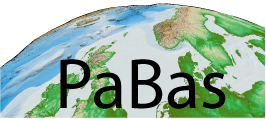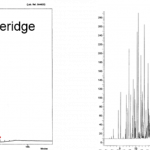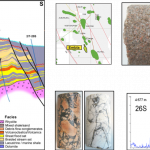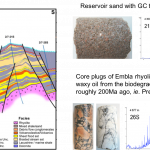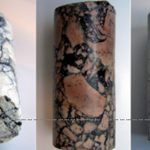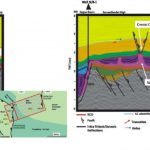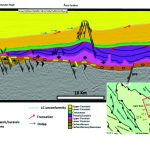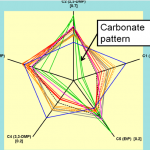
Embla field producing oil from Permian and Devonian reservoirs:
Reservoir sand with GC trace of produced oil:
Core plugs of Embla rhyolites with GC of biodegraded oil, and re-generated waxy oil from the biodegraded oil. The latter was trapped in fluid inclusions roughly 200Ma ago, ie. Pre-Jurassic:
Typical Kimmeridge oil with low wax, concave n-alkane profile, absence of gammacerane whereas Paleozoic sourced oils are different:
...
Read More
